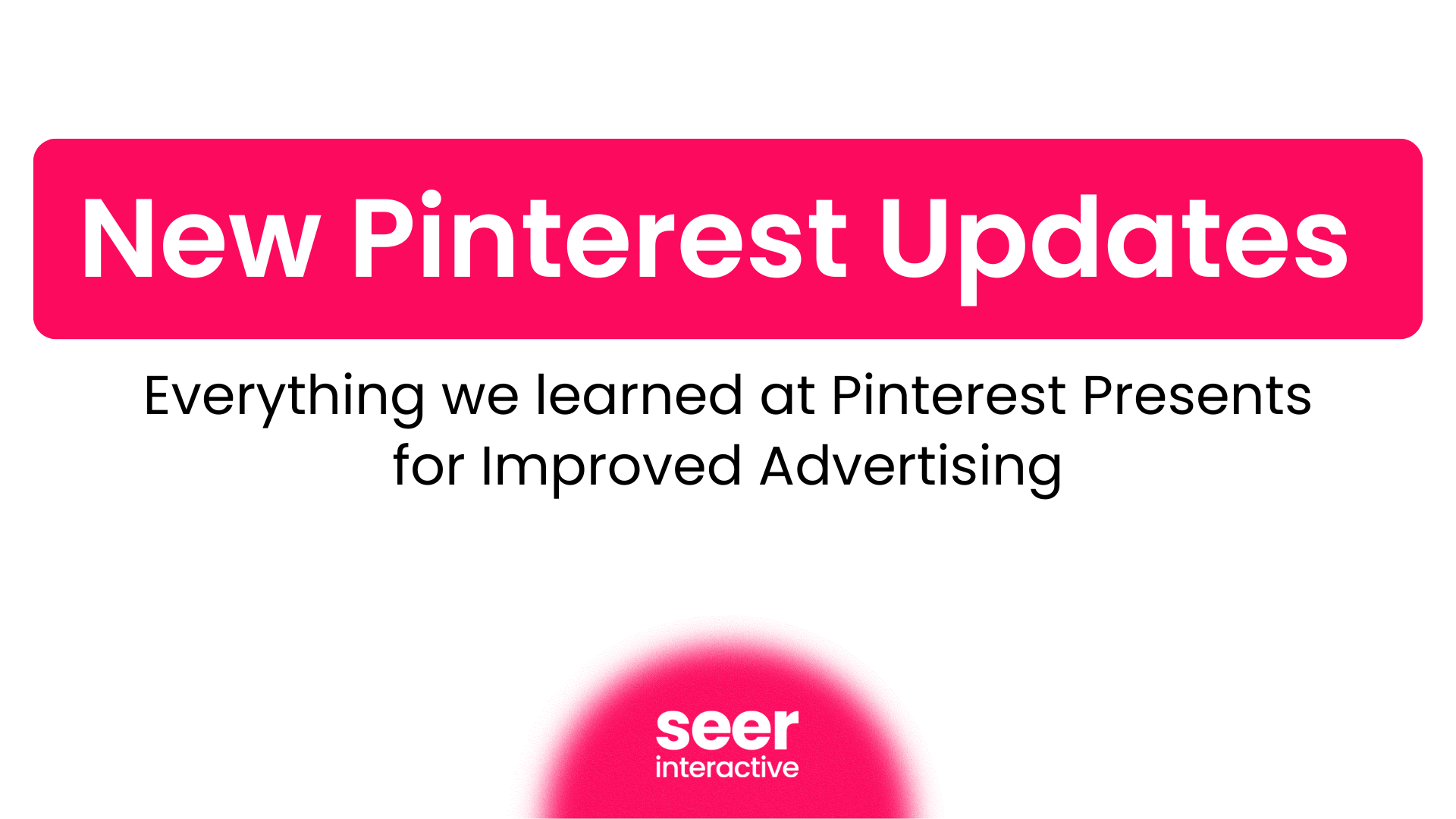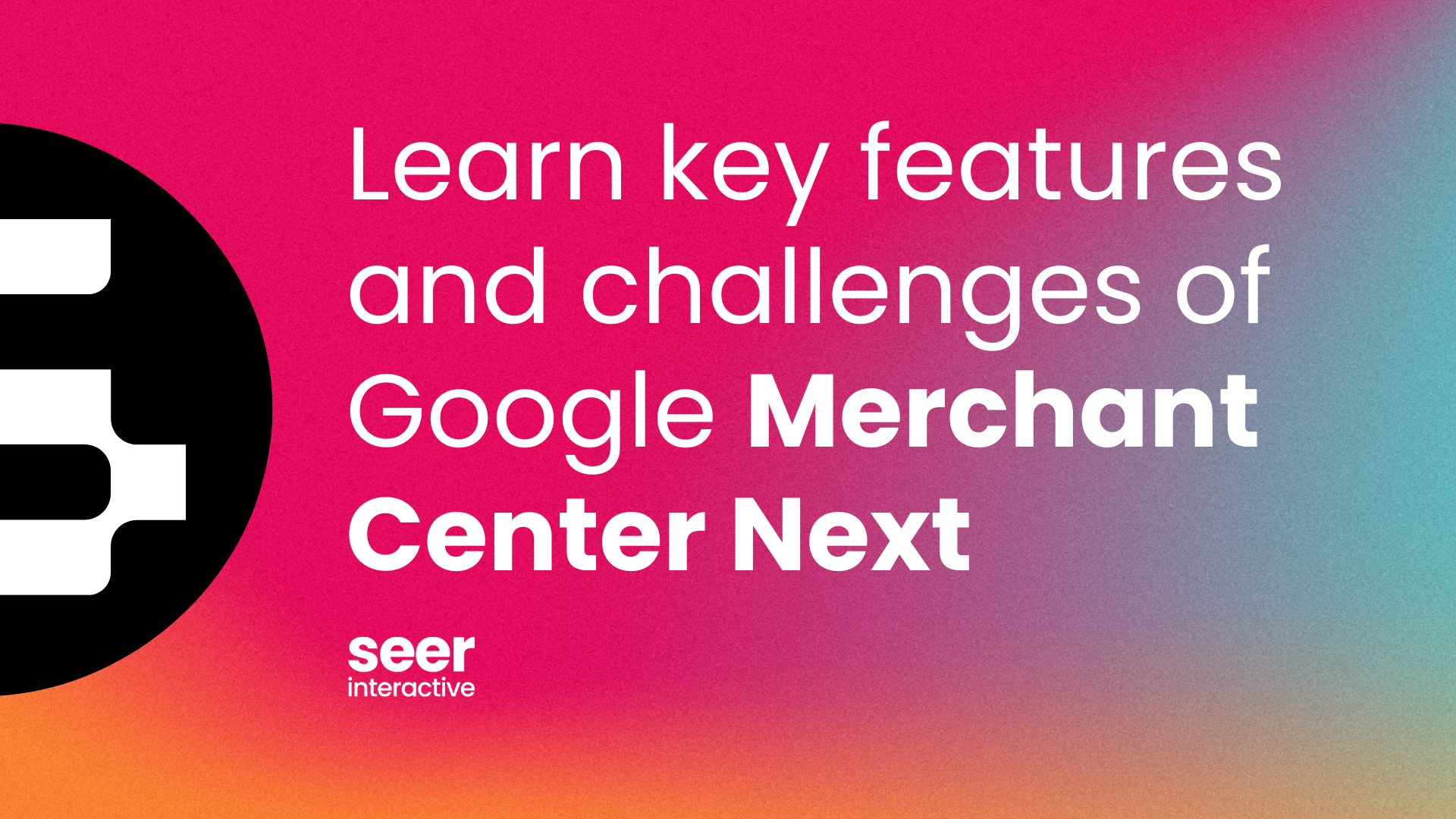As we stand in September 2024, the digital marketing landscape has taken an unexpected turn. The impending cookieless future has loomed over marketer’s heads for the past 4 years, so Google's recent decision to maintain support for third-party cookies has left many marketers wondering: Should we still be preparing for a cookieless future? The short answer is a resounding yes. To understand why, and how to stay ahead of the curve, let’s first look at the “cookie apocalypse” timeline.
The Cookie Countdown:
2020: Google announced its plan to phase out third-party cookies in Chrome within two years.
2021: Google pushed the timeline to 2023, citing the need for more time to develop alternative technologies.
2022: Google again delayed the deprecation of third-party cookies, this time to the second half of 2024.
2023: Google began testing its Privacy Sandbox APIs. Industry leaders shifted toward alternative strategies.
January 2024: Google started restricting third-party cookie usage across 1% of users globally (approximately 30 million users).
July 2024: In a surprise move, Google announced it would not fully deprecate third-party cookies, instead opting for user choice.
Why the Cookieless Mindset Still Matters
Despite Google's decision, preparing for a privacy-first future remains crucial. Whether Google’s deprecation was a catalyst for these changes, or consumers are just valuing their privacy more, the future is cookieless.
User Privacy Trends: A 2023 Pew Research Center survey found 67% of U.S. adults had already turned off cookies for privacy reasons.
Regulatory Pressure: Privacy regulations like GDPR and CCPA continue to evolve and tighten.
Industry Shifts: By July 2023, only 49% of marketers reported relying on cookie data, down from 75% in 2022 (Adobe survey).
Technological Diversity: While Chrome maintains cookies, other browsers like Safari and Firefox have already implemented restrictions.
Reputation Management: Brands prioritizing user privacy are likely to gain consumer trust and loyalty.
[TIP] Encourage users to share their data by offering personalized experiences in return.
Understanding the Alternatives
As we transition to a cookieless world, several alternatives are emerging:
Google's Privacy Sandbox
Google's Privacy Sandbox initiative aims to create web technologies that protect people's privacy online while giving companies and developers tools to build thriving digital businesses. Key proposals include:
- Topics API: A replacement for FLoC (Federated Learning of Cohorts) that categorizes users' browsing interests without individual-level tracking.
- FLEDGE: An on-device auction system for remarketing and custom audiences.
- Attribution Reporting: Measures ad conversions without using cross-site identifiers.
Universal IDs
Several companies are developing universal ID solutions that use first-party data to create a persistent identifier. Examples include:
- The Trade Desk's Unified ID 2.0
- LiveRamp's Identity Link
- ID5 Universal ID
These solutions aim to provide a privacy-compliant way to identify users across sites, but their adoption and effectiveness remain to be seen.
Contextual Advertising 2.0
Advanced contextual targeting goes beyond simple keyword matching. It uses AI and machine learning to understand page content, sentiment, and even image and video context to deliver relevant ads without relying on user data.
Data Clean Rooms
These secure environments allow advertisers and publishers to match first-party data sets without exposing individual user data. Google's Ads Data Hub and Amazon's Marketing Cloud are examples of this technology.
Probabilistic Tracking
This approach uses machine learning algorithms to create likely user profiles based on available data points like device type, IP address, and browser settings. While less precise than deterministic tracking, it can provide valuable insights without relying on cookies.
First-Party Data Ecosystems
Some large companies are creating their own data ecosystems. For example, Amazon's vast first-party data allows it to offer powerful advertising solutions within its network.
Strategies for Success: Action Steps for Marketers
-
Prioritize First-Party Data Collection
- Action: Audit your current data collection methods and identify opportunities for direct user engagement.
- Example: Netflix's recommendation system, built entirely on first-party data, drives 80% of viewer activity.
-
Invest in Data Infrastructure
- Action: Evaluate and upgrade your data management platforms to handle increased first-party data processing.
- Case Study: Spotify's Discover Weekly playlist, powered by their first-party data infrastructure, boasts a 95% retention rate.
-
Explore Contextual Advertising Opportunities
- Action: Identify key contexts relevant to your brand and test contextual campaigns.
- Success Story: The New York Times increased ad effectiveness by 40% using AI-powered contextual advertising.
-
Build Direct Customer Relationships
- Action: Develop a value exchange strategy to encourage customers to share data willingly.
- Example: Sephora's Beauty Insider program offers personalized recommendations in exchange for purchase history data.
-
Test and Learn with New Technologies
- Action: Allocate budget for experimenting with cookie alternatives like Universal IDs or clean room technologies.
- Case Study: D2C firm, Made In, saw a 22% increase in conversions and 20% decrease in CPA when testing The Trade Desk's Unified ID 2.0.
[TIP] Pilot new technologies on a small scale before full implementation to assess effectiveness and ROI.
Privacy-First Preparation Checklist
Before implementing any of these strategies, make sure you’ve properly prepared beforehand with our Privacy-First Preparation Checklist:
- Conduct a third-party cookie dependency audit across your marketing stack.
- Develop a robust first-party data strategy and roadmap.
- Evaluate and select privacy-preserving technologies to test.
- Update privacy policies and customer communications regarding data collection.
- Train your team on privacy-first marketing approaches and technologies.
[TIP] Regularly review and update your checklist as new technologies and regulations emerge.
Leading in the New Era of Digital Marketing
While Google's decision provides a temporary reprieve, the shift towards a privacy-first digital ecosystem is evident. Tina Moffett, a principal analyst at Forrester, talked about how brands that lean into consent-based, privacy-safe data collection methods will win consumer trust and gain a competitive advantage.
[TIP] Use this transition as an opportunity to refine your brand's messaging around privacy and transparency.
The future of digital marketing isn't just about the presence or absence of cookies—it's about creating value, while respecting user privacy. By taking proactive steps now, you can position your organization at the forefront of privacy-first, customer-centric marketing. And that’s just the way the cookie crumbles.
Ready to dive deeper into preparing your organization for this privacy-first future? Our team of experts is here to help you develop a tailored strategy that turns these challenges into your competitive advantage. Contact us today for a personalized consultation.
-1.png)

